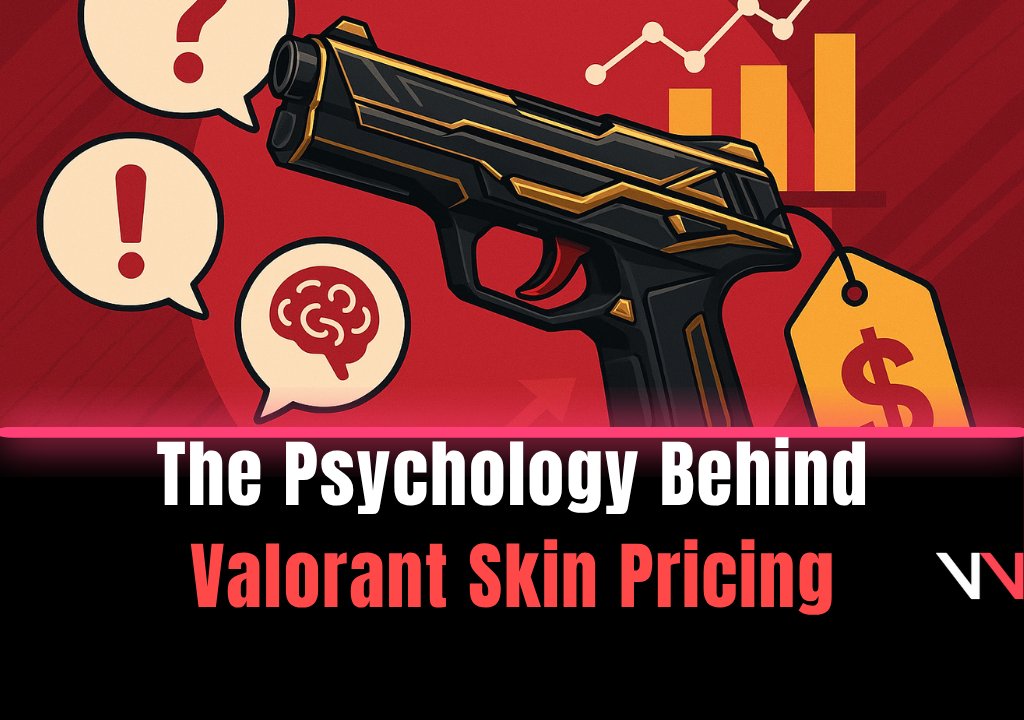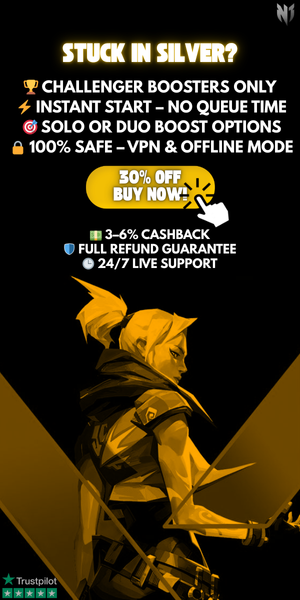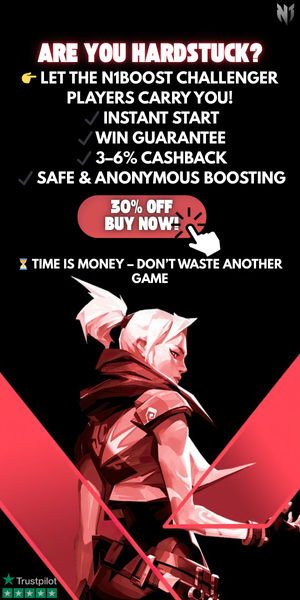The Psychology Behind Valorant Skin Pricing
Beginning
The Valorant skin market in 2025 isn’t just about visuals — it’s about psychology, status, and perceived value. Riot Games has mastered the art of pricing cosmetics that feel exclusive, desirable, and emotionally rewarding. From Champions Bundles to the stylish RGX 11z Pro, every successful release leverages psychological triggers that influence purchasing behavior. In this article, we’ll explore what truly drives Valorant skin demand, how Riot designs its pricing model, and what insights investors and collectors can gain from it.
1. The Emotional Pull of Being Rare and Exclusive
In any collectible economy, rarity determines value — and Valorant skins are no different.
The Desire for the Unattainable
When Riot labels a skin as “limited-time” or “event-exclusive”, it sparks FOMO (Fear of Missing Out). Players rush to purchase, not always because they love the design, but because they fear missing the chance forever.
Artificial Scarcity Increases Value
Skins like Champions 2021 or Spectrum (Zedd) are permanently vaulted, which ensures long-term exclusivity and strengthens their prestige.
Result: The rarer a collection is, the stronger its emotional appeal and market value become.
2. The Price of Prestige and Perceived Quality
High prices in Valorant don’t repel buyers — they signal premium status.
- Ultra and Exclusive tiers create an image of luxury.
- Players justify the purchase through superior animation, VFX, and sound design.
- Studies confirm that higher prices trigger the “halo effect”, where consumers associate cost with quality.
Example: The Elderflame Collection — Valorant’s first Ultra Edition — launched at a premium and remains one of the most iconic sets due to its dragon animations and revolutionary design.
Conclusion: Expensive skins don’t just sell — they build prestige.
3. Social Status and Community Recognition
Valorant is as much a social experience as it is competitive gameplay. Skins act as a form of identity and status symbol.
- Players with rare or expensive skins often receive admiration — or envy — in public matches.
- Streamers and pro players indirectly fuel demand spikes by showcasing top-tier bundles.
- Riot reinforces this dynamic by designing skins that stand out visually — such as glowing finishers or reactive color effects.
Effect: Owning high-end skins provides social validation, turning cosmetics into a symbol of achievement.
4. The Power of Nostalgia and Emotional Attachment
Riot smartly connects skin releases to memorable eras or cultural moments.
- The Champions Bundles are tied to the Valorant Champions Tour (VCT), invoking emotional loyalty among esports fans.
- Bundles like Reaver and Prime evoke nostalgia, reminding players of their early Valorant days.
Insight: Storytelling and emotional connection elevate perceived value. Players buy not just for the aesthetics — but to own a piece of history.
5. Anchoring and Price Strategy
Riot employs anchoring psychology — a method that sets price expectations strategically.
- When a new Ultra Edition costs 9,900 VP, an Exclusive-tier skin priced at 7,100 VP suddenly seems reasonable.
- This psychological trick drives consistent sales across all price tiers.
- Players subconsciously rationalize mid-tier purchases as smart, budget-friendly decisions.
Result: Anchoring ensures every Valorant skin feels like a good deal — even when it isn’t.
6. The Collector Mentality and Completionism
The Valorant skin economy rewards completionists — players who seek full sets rather than individual weapons.
- Full collections like Ion 3.0 or Glitchpop 3.0 sell far better than single items.
- Riot encourages this through sleek bundle packaging and discounts for complete purchases.
- Completionism keeps engagement high, even for collectors with multiple variants.
Pro Tip: Investors should hold onto complete bundles, as they retain higher resale value than individual skins.
7. How Riot Balances Long-Term Value
Riot occasionally reintroduces older skins through the Night Market, reviving demand without oversaturating the market.
- This keeps supply limited while maintaining controlled accessibility.
- New players get a chance to acquire legacy content, but scarcity remains intact.
- This equilibrium between rarity and availability ensures stable resale value over time.
Observation: Riot’s value management model is one of the main reasons the Valorant skin economy remains strong in 2025.
Final Thoughts
The psychology behind Valorant skin pricing is not just about cosmetics — it’s about emotion, prestige, and identity. Riot blends scarcity, social recognition, nostalgia, and strategic pricing to create an economy where every purchase feels meaningful. For collectors and investors, understanding these psychological triggers is key to predicting which skins will hold — or increase — in value.
To monitor real-time skin values, analyze market trends, and manage your investment portfolio, visit ValorantValue.com
— the ultimate data-driven tool for Valorant collectors and traders.
Tags
Jettor
Author



